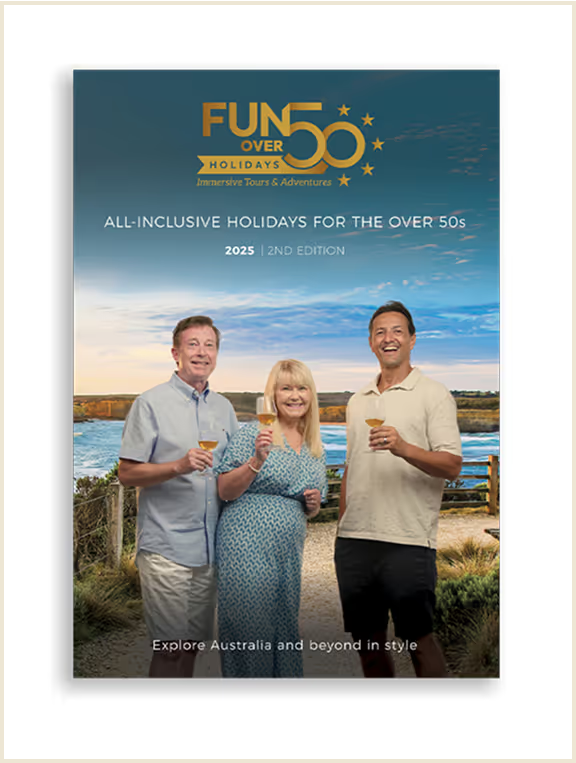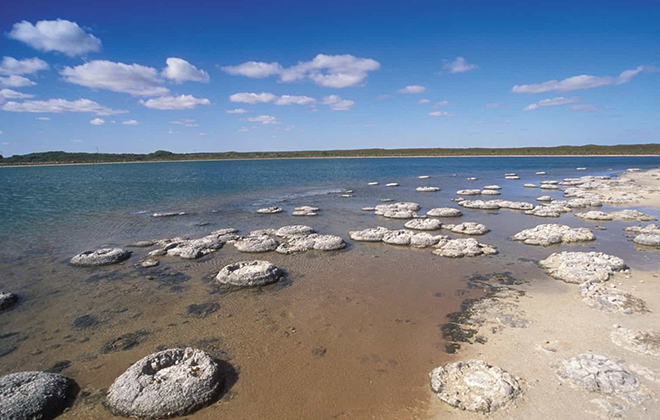Tour destinations
Responsible tourism


Cervantes is a small coastal fishing town, 200 kilometres north of Perth, Western Australia that marks the beginning of the Coral Coast region. Cervantes features magnificent white sandy beaches and turquoise waters with an abundance of marine life. It’s a popular destination for swimming, fishing, diving, boating and delicious lobster. It’s a mouth-watering treat to watch the lobster catch from jetties, or at Thirsty Point Lookout and enjoy one for lunch or dinner in town!
Nearby Hangover Bay is a great spot for snorkelling, and you can throw a line in there, or at Kangaroo Point. Cervantes is most famous as the gateway to the Pinnacles, one of Australia’s most unique landscapes. Thousands of limestone spires, some up to 12 metres tall, rise up from the shifting sand dunes of the desert to form an eerily stunning scene. Visitors can also see fascinating ancient marine fossils at nearby Lake Thetis.

Take the first step toward your next adventure—explore our tours or get a free brochure sent to your inbox.
Cervantes holds an Arts Festival every year, usually in October to promote arts and culture in the region. It’s well-supported across the community and attracts many visitors to the week-long event. At any time of year, you can follow the Cervantes Art Trail featuring 23 pieces of art relating to the town’s Spanish history and ocean culture.
The beautiful Lake Thetis, is one of the few places you will find Thrombolites and Stromatolites in Western Australia. Believed to be over 3,000 years old, Thrombolites are closely related to Stromatolites - the oldest living fossil in the world at 3.5 billion years old. It’s a magical feeling to be in the presence of these ancient fossils.


Cervantes is a peaceful, beachside fishing town of just under 500 people. It’s a popular destination for holidaymakers from Perth who want a quiet place to relax, swim and go fishing.
One of the biggest reason people visit Cervantes is to see The Pinnacles located 17 kilometres from town. Located in Nambung National Park, The Pinnacles is an extraordinary desert of thousands of limestone rock formations that rise up from the sandy earth. One of Australia’s most unique landscapes, The Pinnacles is a photographer’s paradise and can be accessed by vehicle or a short walk.
One of the quirky things about this quaint town is where it derives its name. Cervantes was an American Whaling ship that ran aground nearby in 1844. The ship was named after Miguel de Cervantes, a celebrated figure in Spanish literature and the author of Don Quixote. Most of the streets in Cervantes are named after cities, regions, and rivers in Spain.
Cervantes was established in 1962 to accommodate workers in the local cray fishing industry. Because of this, the population virtually doubles during cray fishing, season.
Interestingly, the Western Rock Lobster is in fact a crayfish. It was renamed for the American market to avoid confusion with their crawfish. These crayfish caught off Cervantes are naturally red, unlike other species that only become red once cooked.
The best time to visit Cervantes is during the dry season between September and May. The weather throughout these months is generally warm and sunny, making it perfect for outdoor activities. The peak season is between December and February when the weather is at its warmest, but you can also enjoy pleasant weather in March, April, and May.
Our team is always happy to help if you have any questions about us or our tours. Fill out our form and we will get back to you soon.